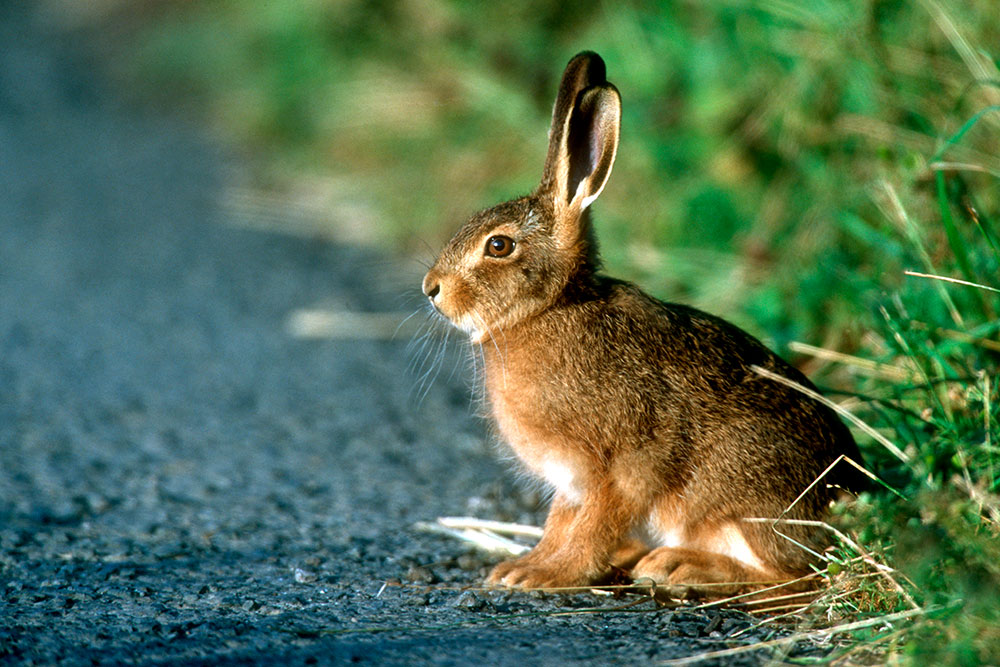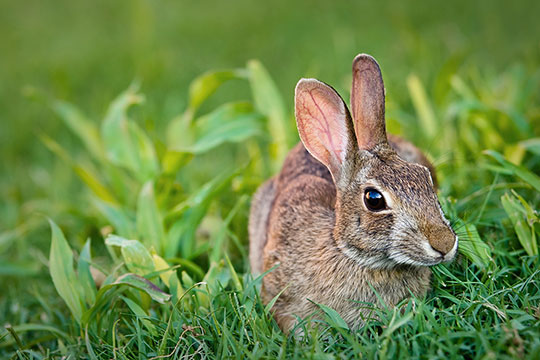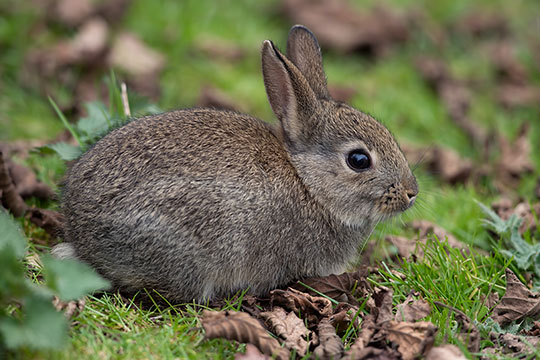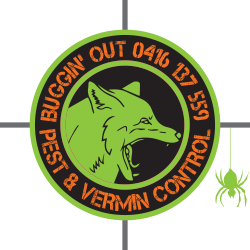Pest Profile
Animals![]()
Insects
WILD RABBITS
Scientific name: Oryctolagus cuniculus
European Rabbits (Wild Rabbits) were first introduced to Australia with the arrival of the First Fleet in 1788 as domesticated livestock. At this time, it was hoped they would flourish so the land owners could hunt them for food & furs like they did back home in England. However, the rabbit population grew so quickly that the estimated number of rabbits was over 10 billion by the 1920’s.
The wild rabbit differs slightly in appearance to most pet rabbit breeds. It is approximately 45cm tall, with long hind legs and short front legs. They have long ears and slightly protruding eyes on the side of the head. Fur is greyish brown in colour. Confusion may arise as they are roughly the same size as some pet or domestic rabbit breeds and may also be the same colour (greyish brown, fawn-brown or ‘agouti’), however, pet rabbit breeds can also be black, ginger or white in colour with varying phyiscal features such as floppy (lop) ears or longer fur over their body. If left to escape, non-desexed pet rabbits will breed with wild rabbits.
Wild rabbits prefer to live in areas with short grasses, including natural grasslands and rural pastures. However, they are highly adaptive and have established wild populations in many different environments, including woodlands, deserts, coastal plains, subalpine areas and subtropical grasslands. They are also found in large numbers in and around urban and agricultural areas.
Because of their adaptability and their ability to reproduce quickly in large numbers, wild rabbits can rapidly recolonise areas following pest control activities.
In Victoria, feral or wild populations of rabbits have been declared as established pest animals under the Catchment and Land Protection Act 1994 (CALP Act). Under the CALP Act all landowners have a responsibility to take all reasonable steps to prevent the spread of – and as far as possible eradicate – established pest animals from their land.
Wild Rabbits are one of Australia’s most serious pest animals as they:
- destroy pasture, crops and plant communities that impacts agriculture and the environment
- cause soil erosion and associated sedimentation of waterways
- compete with native fauna for food and habitat
- are well suited to Australian conditions and breed prolifically.
Between 2013 and 2014 rabbits were estimated to have an annual economic impact of over $113 million dollars nationally.
In 1950, a poxvirus known as Myxomatosis was introduced to Australia in 1950 to reduce wild rabbit numbers. The virus was spread between wild rabbits by close contact and biting insects, such as fleas and mosquitoes. Initially, the virus reduced the wild rabbit population by 95% but since then, resistance to the virus has increased in wild populations and some less deadly strains of the virus have emerged.
Unfortunately, pet rabbits do not possess any resistance to myxomatosis and mortality rates are between 96-100%. With such a poor prognosis treatment is not usually recommended. There are two vaccinations against myxomatosis, however these are not available in Australia. Thus the only way to prevent infection is to protect pet rabbits from biting insects such as fleas and mosquitoes and limit exposure from wild rabbits on your property.




